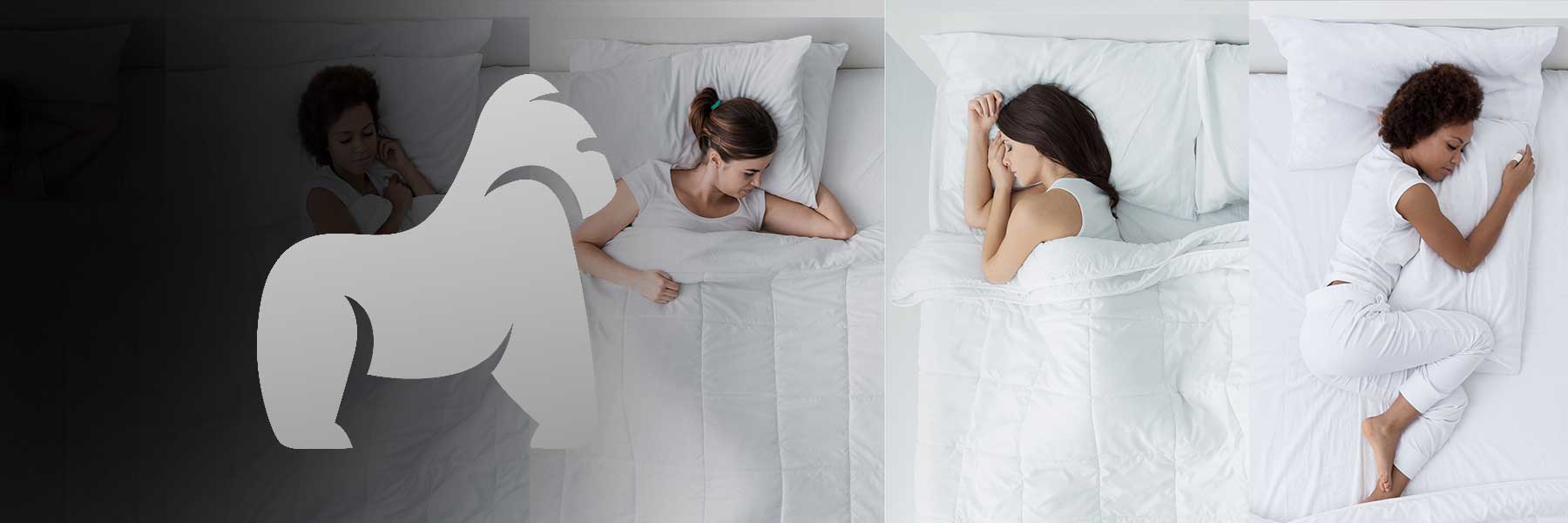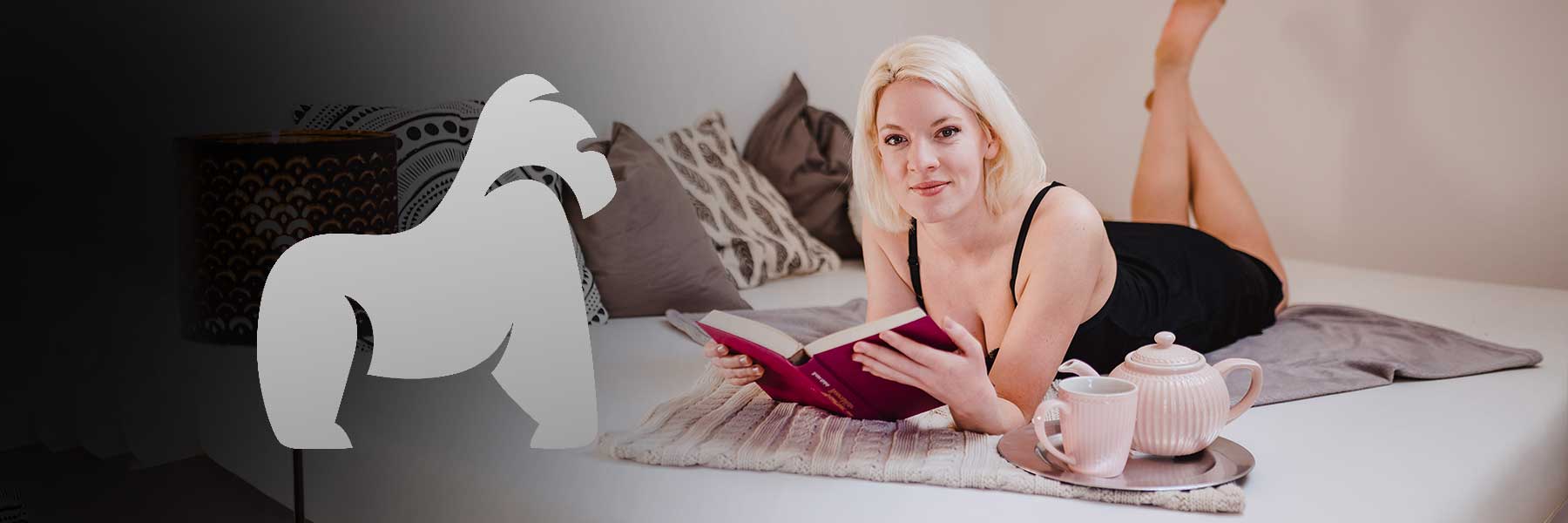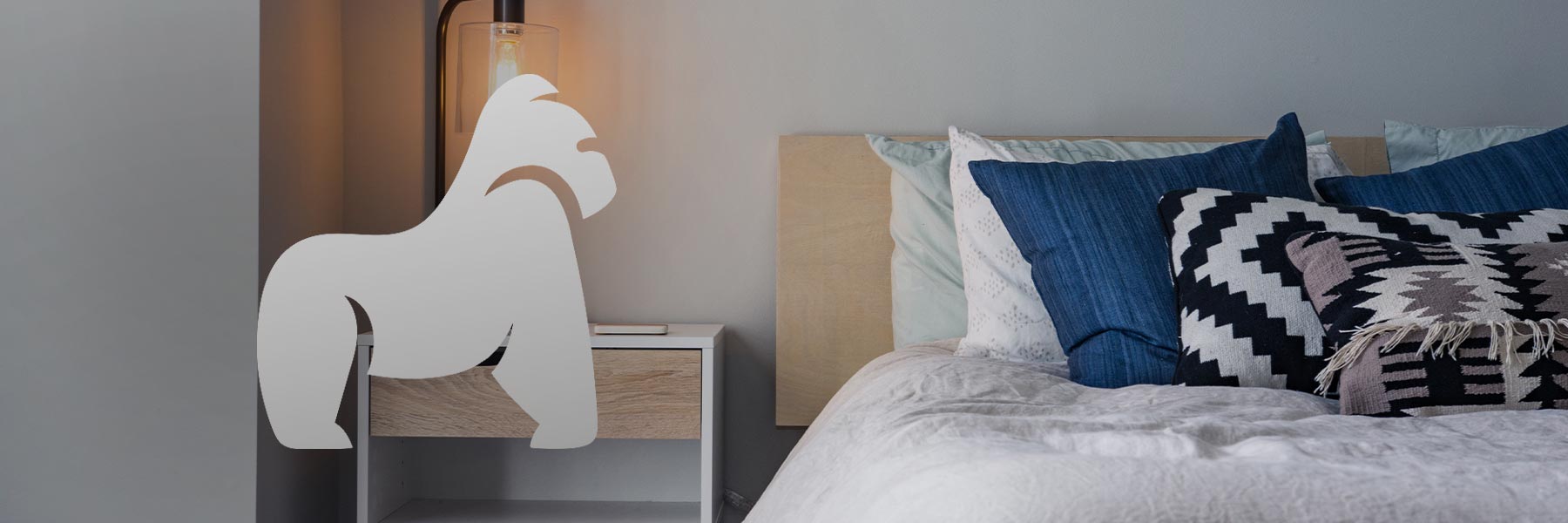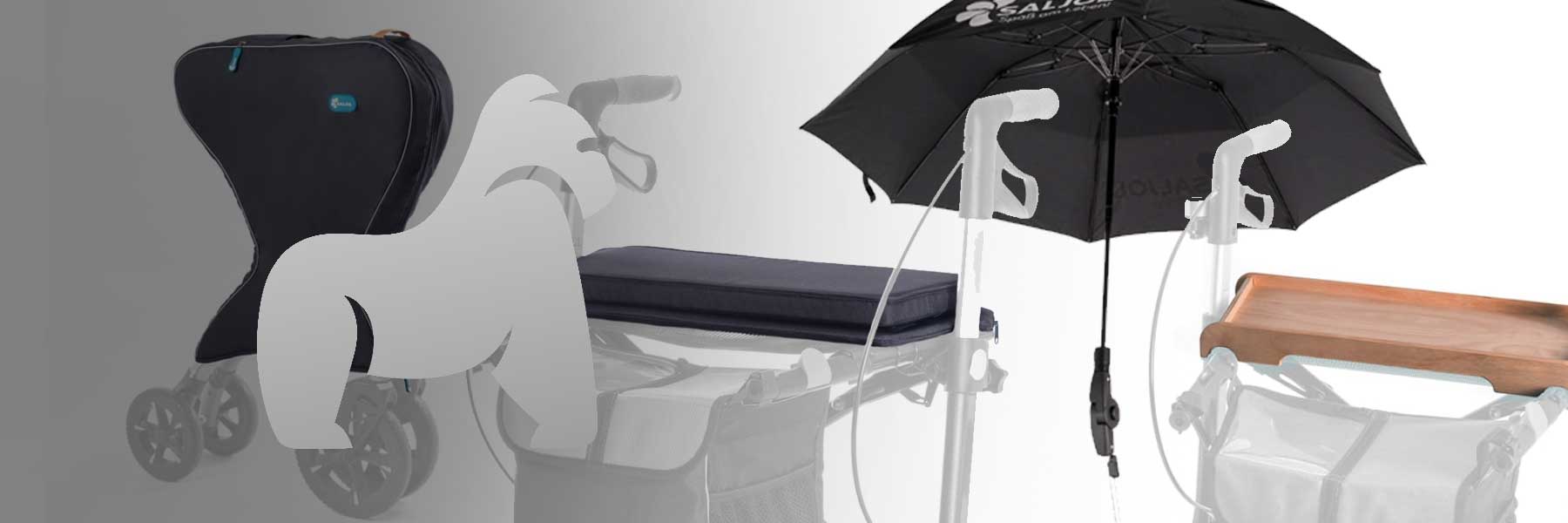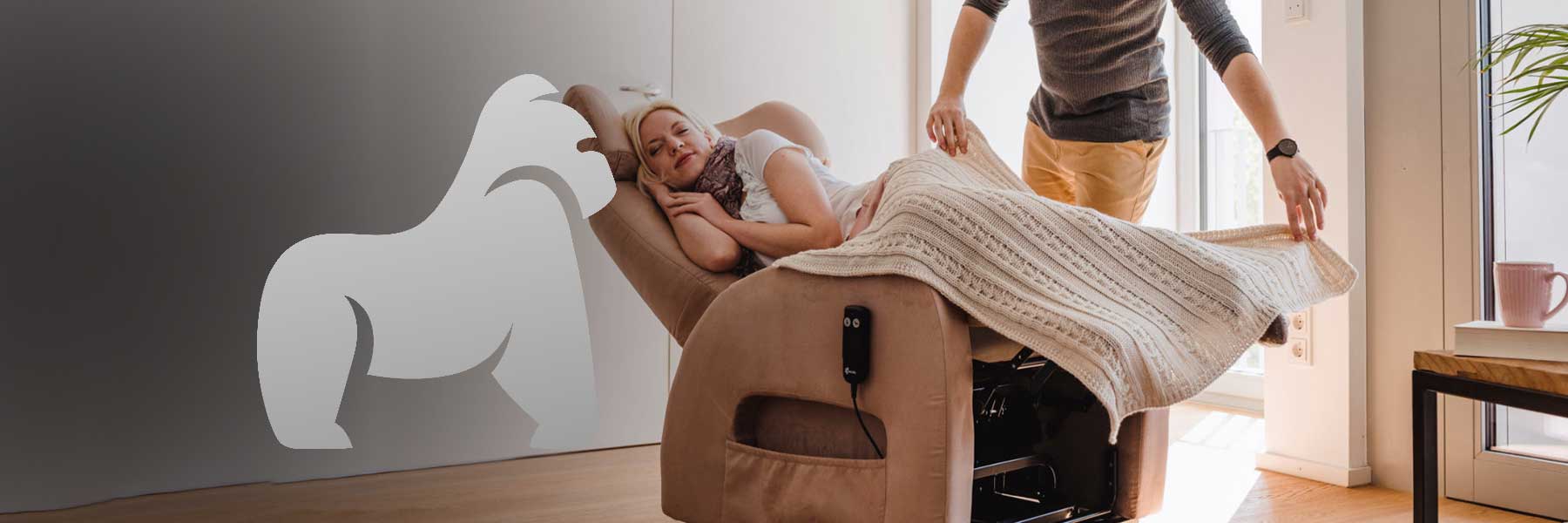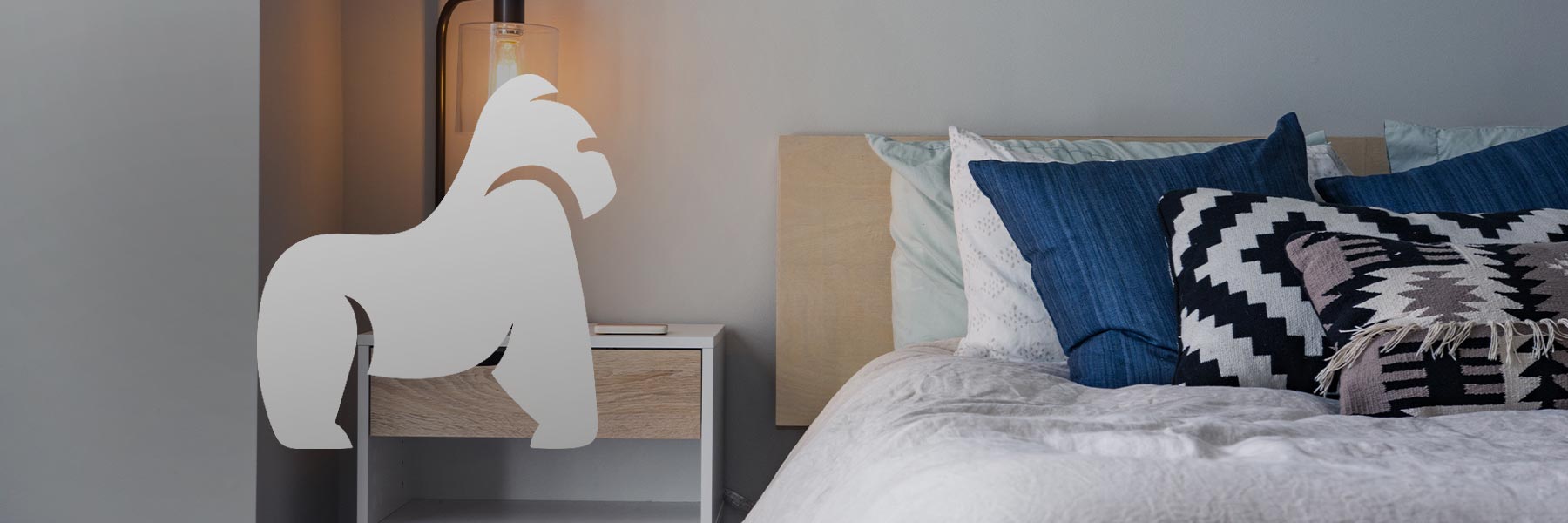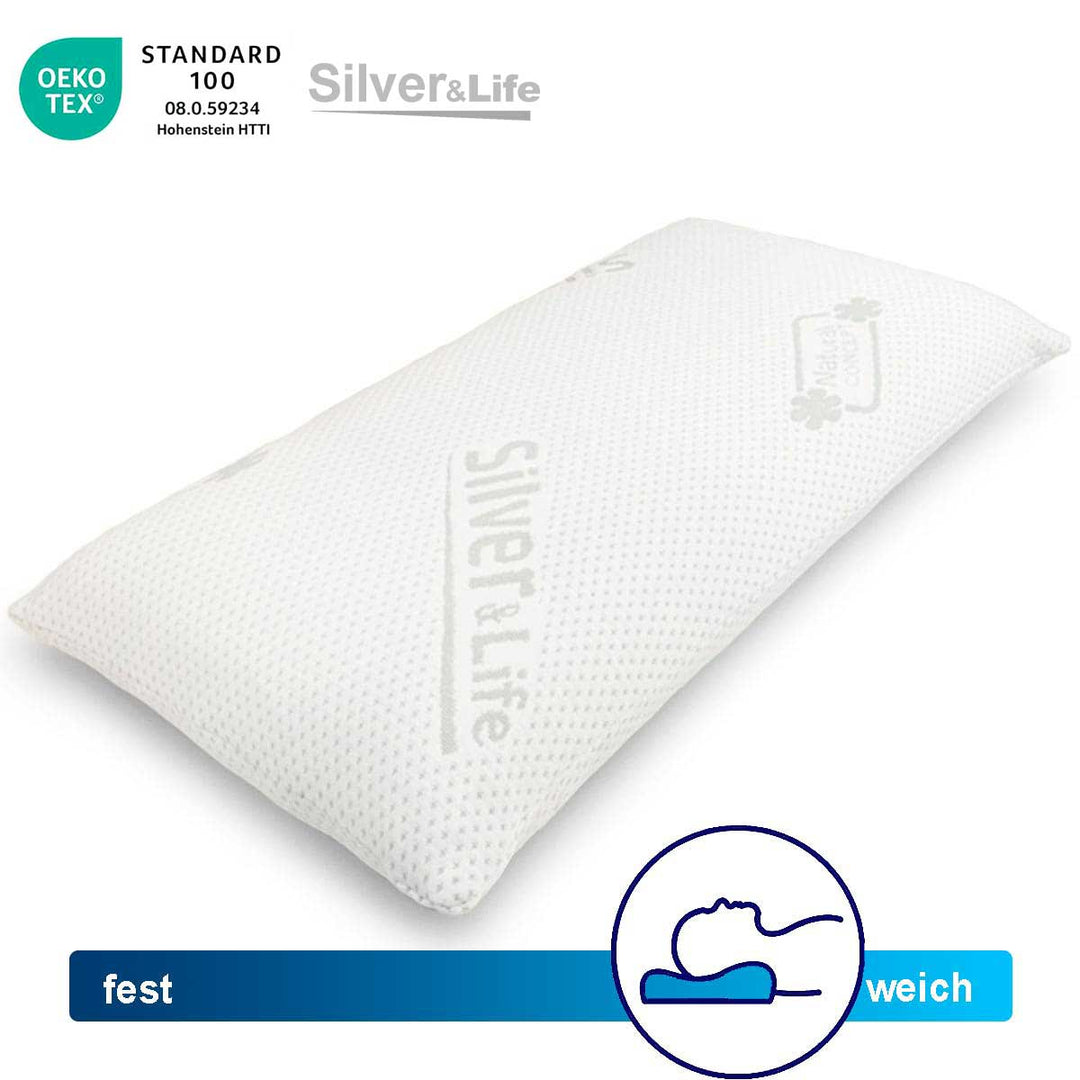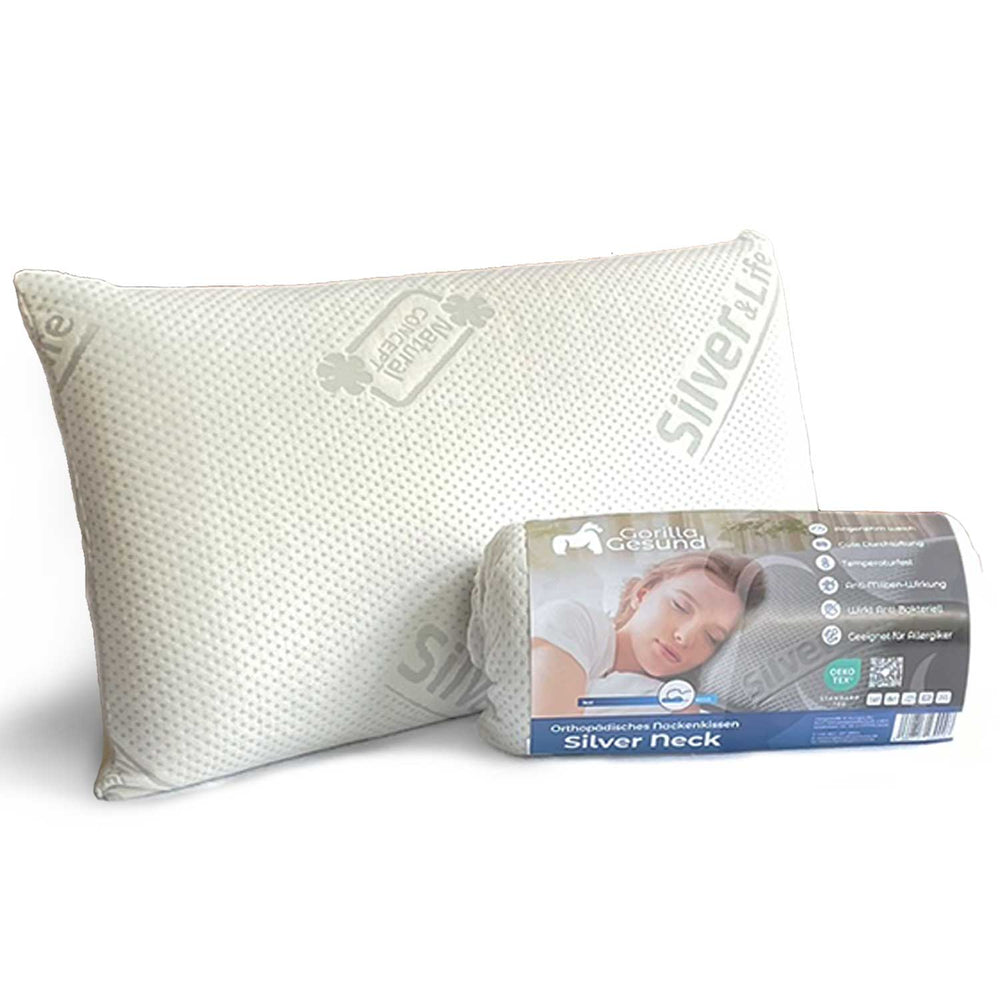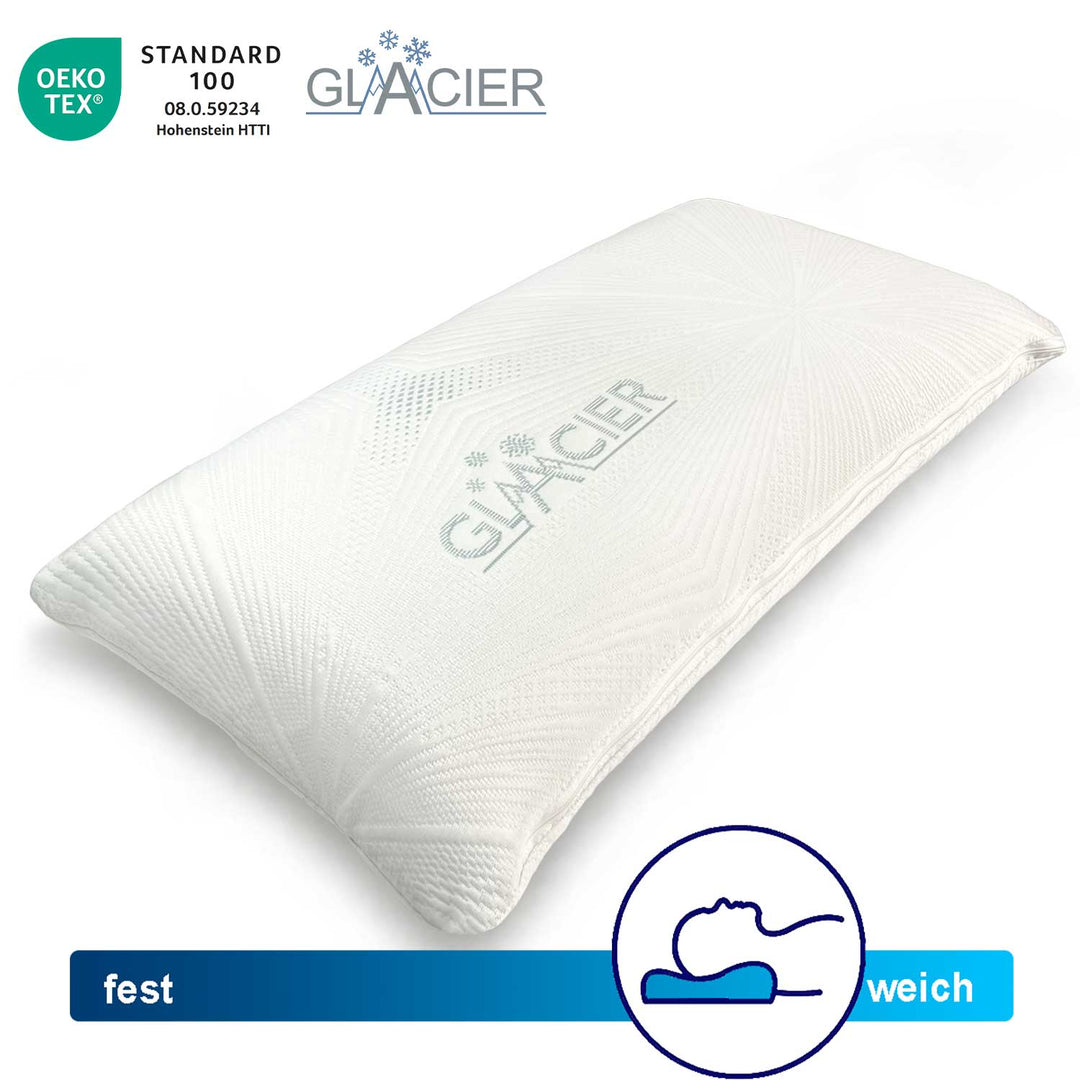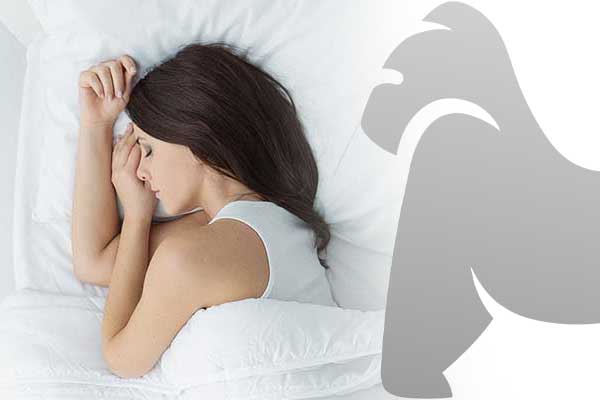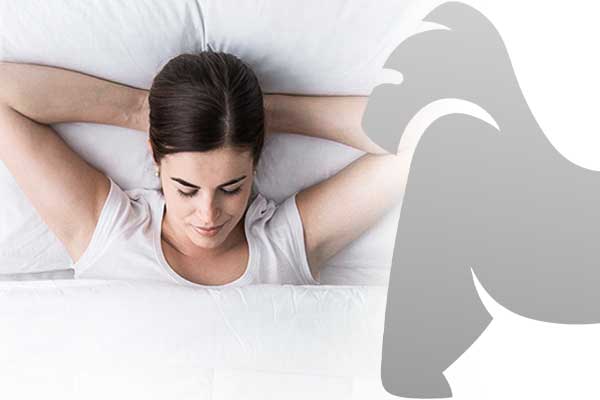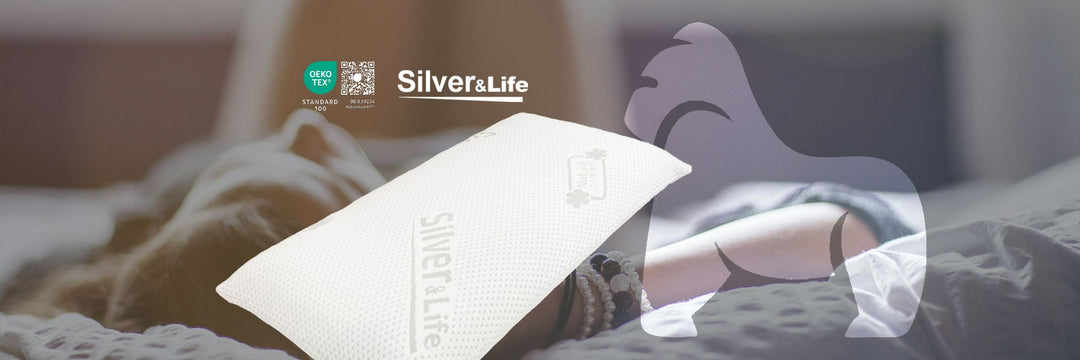
The ultimate guide to restful back sleeping
Restful sleep is crucial for our health and well-being, and sleep position significantly influences the quality of our rest. For back sleepers, it is important to find the right sleep position to enjoy a restorative and refreshing sleep. In this comprehensive guide, we will present eight expert tips designed to help back sleepers achieve optimal comfort and support for a better night's rest.
8 tips for back sleepers
- Understanding the importance of sleep position
- Choosing the right mattress firmness
- Using neck pillows for proper alignment
- Practicing good sleep posture
- Addressing specific sleep problems
- Including stretching exercises before bedtime
- Investing in high-quality bedding
- Creating a conducive sleep environment
1. Understanding the importance of sleep position
Before we focus on specific tips for back sleepers, it is important to understand why sleep position matters. During sleep, our body undergoes various physiological changes, and the position in which we sleep can affect everything from spinal alignment to breathing patterns. Sleeping on the back offers several benefits, including improved spinal alignment and reduced pressure on the neck and shoulders. However, it is important to ensure that back sleepers maintain proper posture to maximize these benefits.
2. Choosing the right mattress firmness
One of the most important factors for back sleepers is choosing the right mattress firmness. A mattress that is too soft can cause the lower back to sink too deeply, which can lead to discomfort and misalignment, while a mattress that is too firm may not provide enough contouring for the body's natural curves. Back sleepers generally benefit from a medium-firm to firm mattress that offers adequate support for the spine while also cushioning pressure points.
3: Use neck pillows for proper alignment
Neck pillows play a crucial role in maintaining proper spinal alignment for back sleepers. Using a supportive pillow under the head and neck can help prevent neck tension and promote a neutral spinal position. Additionally, placing a pillow under the knees can reduce pressure on the lower back and encourage relaxation. Choosing the right pillow material, such as memory foam or latex, can further enhance comfort and support for back sleepers.
4: Practice good sleep posture
Good sleep posture is important for back sleepers to avoid discomfort and prevent injuries. Back sleepers should ensure their spine is kept in a neutral position, with the head, neck, and spine aligned in a straight line. Avoiding excessive arching or rounding of the spine can prevent tension and strain in the back and neck muscles. Additionally, keeping the arms relaxed at the sides can promote better circulation and reduce pressure points.
5: Address specific sleep problems
Back sleepers may have specific sleep issues, such as snoring or sleep apnea, that can affect sleep quality. A slightly elevated headrest with a wedge pillow or an adjustable bed frame can help alleviate symptoms and improve breathing during sleep. However, it is important to consult a doctor before changing sleep positions or using sleep aids to effectively address these issues.
6: Include stretching exercises before bedtime
Performing gentle stretching exercises before bedtime can help back sleepers loosen tight muscles and improve sleep quality. Stretching the back, shoulder, and neck muscles can relieve tension and improve flexibility, making it easier to achieve a comfortable sleeping position. Incorporating a stretching routine before bed into the nightly ritual can prepare the body for rest and relaxation.
7: Invest in high-quality bedding
Investing in high-quality bedding, including pillows, mattress toppers, and sheets, can make a significant difference in sleep comfort and support. Look for bedding made from breathable, hypoallergenic materials that promote airflow and regulate temperature to ensure a more restful night's sleep. Additionally, choosing bedding that provides adequate cushioning and support can improve sleep quality and overall comfort for back sleepers.
8: Creating a Conducive Sleep Environment
Creating a conducive sleep environment is crucial for back sleepers to maximize sleep quality and comfort. Keep your bedroom cool, dark, and quiet to promote restful sleep, and consider using white noise or earplugs to block out disruptive sounds. Also, invest in a supportive mattress and pillows and choose bedding that feels comfortable against your skin. By creating a relaxed and comfortable sleep environment, you can optimize your sleep experience as a back sleeper.
Pros and Cons of Sleeping on Your Back
Sleeping on your back, also known as the supine position, has various pros and cons. On the positive side, back sleeping promotes the natural alignment of the spine and can reduce back and neck pain while evenly distributing body weight to relieve pressure points on the shoulders, hips, and knees. It can also minimize the formation of sleep wrinkles and fine lines on the face and keep airways open to reduce snoring and acid reflux. However, back sleeping can worsen snoring and sleep apnea in some individuals, exacerbate existing back pain, and cause discomfort in people with restless legs syndrome. Additionally, it is associated with a higher risk of sleep paralysis episodes. Overall, the suitability of back sleeping depends on individual factors, and it may be necessary to try different sleep positions to find what works best for optimal comfort and sleep quality.
Conclusion
Sleeping on your back offers several benefits for spinal alignment and overall sleep quality, but it is important to maintain correct posture to maximize these benefits. By following the expert tips in this guide, back sleepers can achieve optimal comfort and support for a restful and refreshing night's sleep. Experiment with different sleeping positions, pillows, and bedding options to find what works best for you, and prioritize creating a conducive sleep environment for optimal sleep quality and overall well-being.





